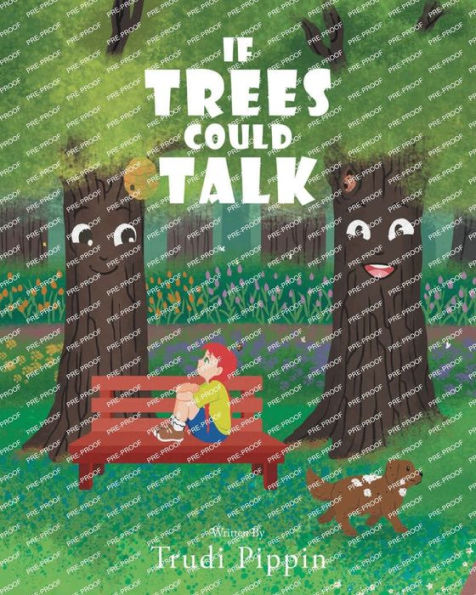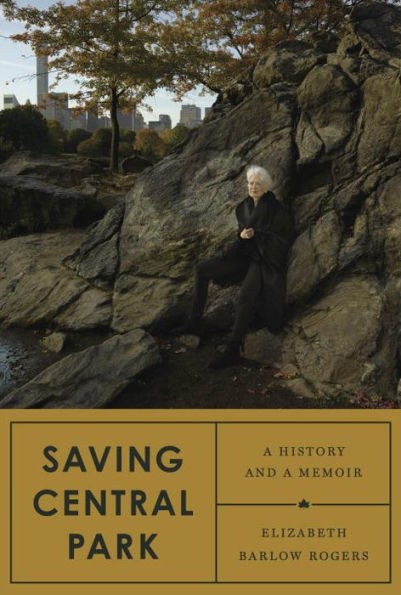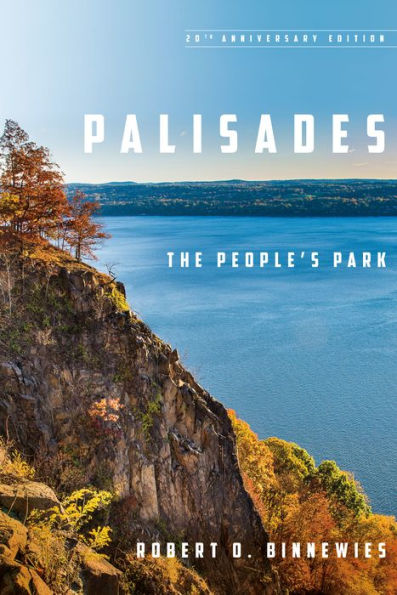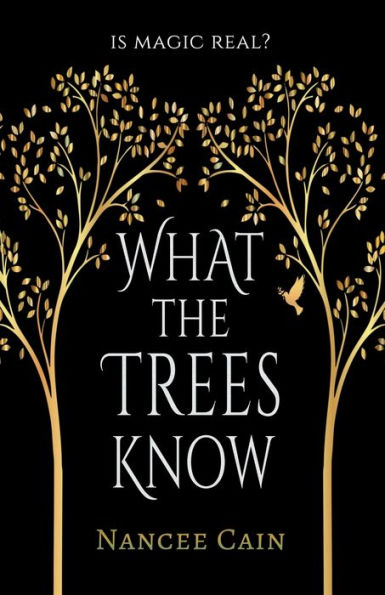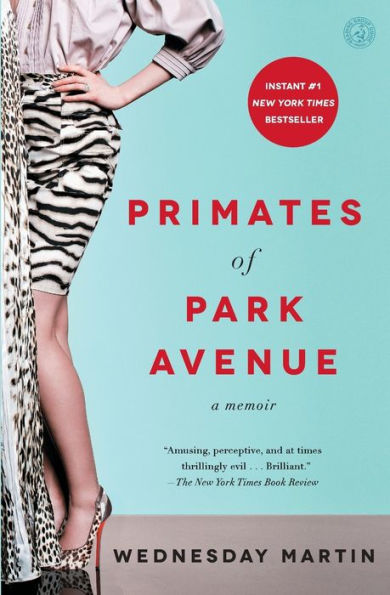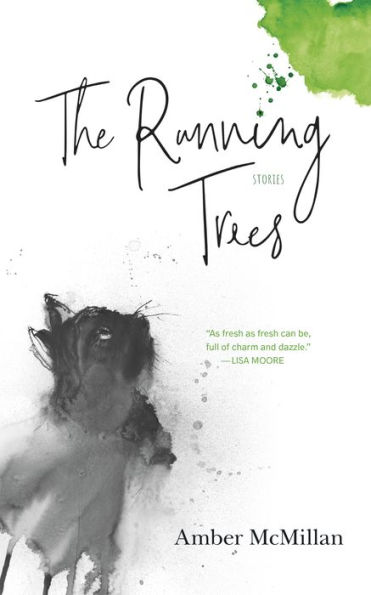Home
If These Trees Could Only Talk: An Anecdotal History of New York City's Pelham Bay Park
Loading Inventory...
Barnes and Noble
If These Trees Could Only Talk: An Anecdotal History of New York City's Pelham Bay Park
Current price: $18.95
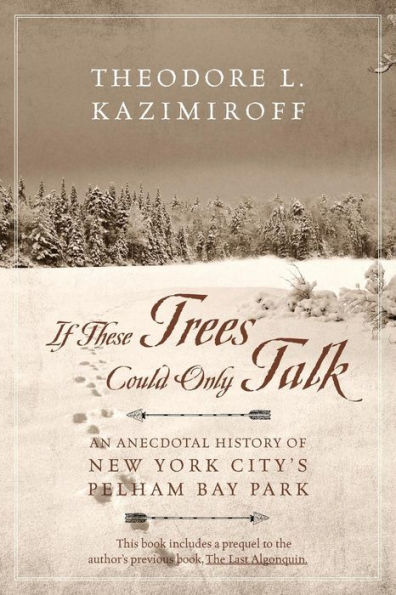

Barnes and Noble
If These Trees Could Only Talk: An Anecdotal History of New York City's Pelham Bay Park
Current price: $18.95
Loading Inventory...
Size: OS
*Product Information may vary - to confirm product availability, pricing, and additional information please contact Barnes and Noble
Suppose I told you about a place in New York City where murder, kidnapping, military spying, famous invasions, Revolutionary War, monetary counterfeiting, trafficking in pirate gold, homesteading, and even vicious Indian massacres had all really happened? Would you want to know more?
The place is only about 2764 acres in size but can%u2019t be measured exactly because it fluctuates with the rise and fall of the tides. In fact, much of it is underwater at all times. Its thirteen miles rocky shoreline is sometimes euphemistically called %u201Cthe southern extension of New England%u201D, but it is actually in the Bronx.
The area in question is New York City%u2019s largest public park by far. It dwarfs Central Park by more than three times. Its name is Pelham Bay Park.
You are about to go on a journey through the park%u2019s geology, geography and anecdotal history. In another dimension of reality, however, you will also be taken on a voyage of spirit, across thousands of millennia. Through facts, myths, legends, probabilities as well as possibilities, anecdotes and history. You will visit epochs as far back as the last great period of glaciation, and even beyond.
You may want to fasten your seat belt; this safari gets bumpy here and there.
Soon, you will meet people who have come and gone here. Some were famous in their time; others achieved fame only after history reported their deeds. Many were, perhaps, too obscure for us to know well, but through their oral traditions, artifacts and early reports we have come to understand that they were people, very much like us, who shared many of our same needs, and solved them in ways we might never have tried. They were the Siwanoy, Wechquasgeek, Algonquin people. They all called themselves %u201CThe First People%u201D, or something like it, because they shared a language tradition with others like themselves for hundreds of miles around.
They also shared customs, religious believes, and other traits which were kept int
